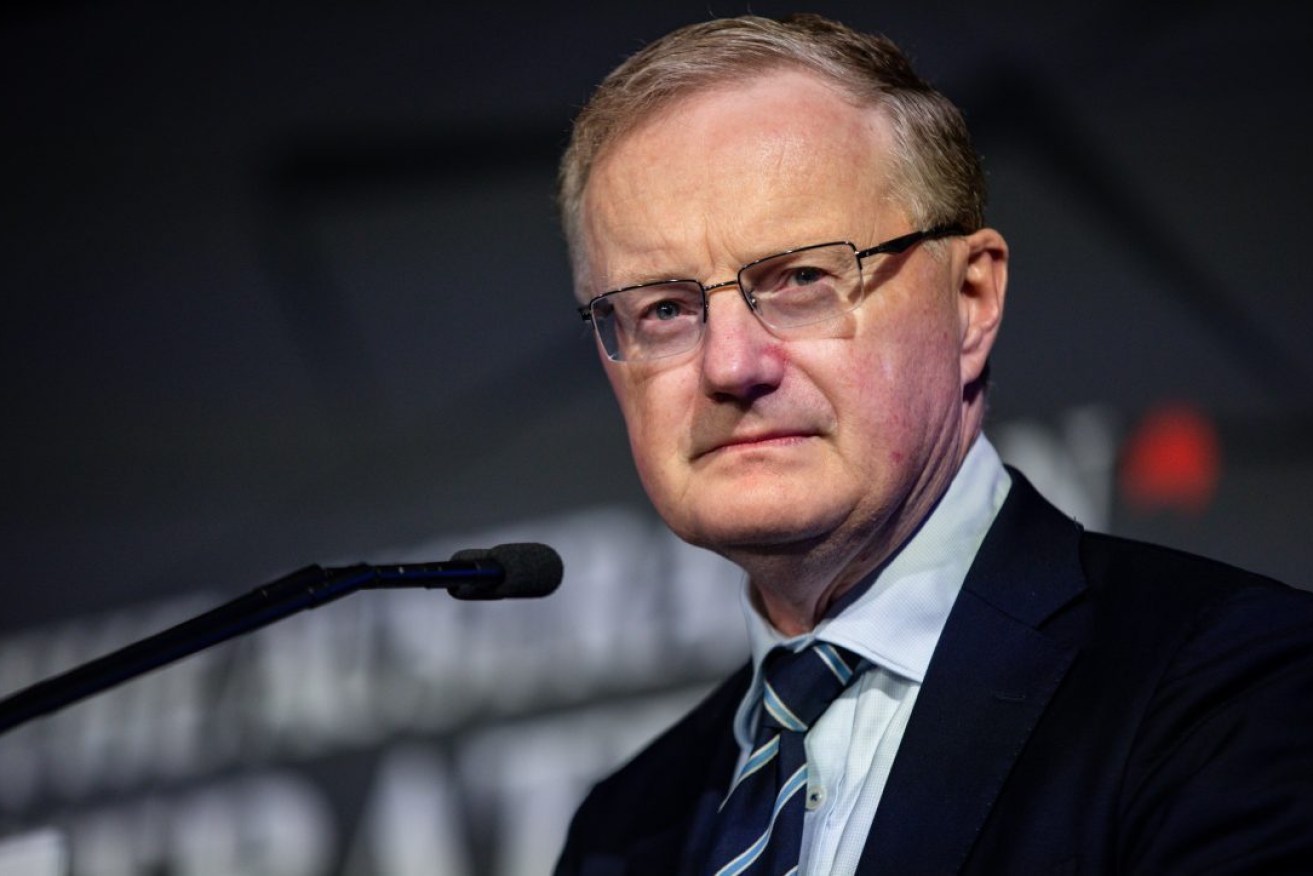Bank hikes interest rates again
The Reserve Bank has lifted interest rates yet again, with today’s 0.25 percentage point increase bringing the cash rate to 2.6 per cent.

Reserve Bank of Australia Governor Philip Lowe. Photo: AAP/Diego Fedele
Reserve Bank of Australia governor Philip Lowe said the cash rate has been increased substantially in a short period of time.
“Reflecting this, the Board decided to increase the cash rate by 25 basis points this month as it assesses the outlook for inflation and economic growth in Australia,” he said.
The slower pace of monetary policy follows four consecutive 50 basis point rate hikes, and suggests the Reserve bank of Australia is getting closer to its “neutral” setting.
This is a level where interest rates neither have a stimulatory nor contractionary effect on the economy.
For mortgage holders, the successive rate rises will add hundreds of dollars to monthly loan repayments compared to six months ago when interest rates were still at record lows.
A 50 basis point lift was broadly expected, although some economists were hoping to see a smaller rate rise in fear of heavy-handed tightening causing a recession.
AMP Capital’s Shane Oliver said aggressive rate hiking risked throwing the economy into an avoidable recession.
He told AAP that Australia had much higher levels of debt compared to incomes than in the mid-nineties, meaning households are much more sensitive to rate hikes.
PropTrack senior economist Eleanor Creagh said rapid rate rises have taken a toll on the property market, with national prices now sitting 3.35 per cent below their March peak.
“As borrowing capacities are constrained and buyer’s budgets shrink, the most expensive markets of Sydney and Melbourne have led the price declines,” Creagh said.
Elsewhere, the impacts of rapid rate rises are harder to spot, with spending yet to slow down, business conditions still strong and the unemployment rate remaining at a 48-year low.
-AAP




